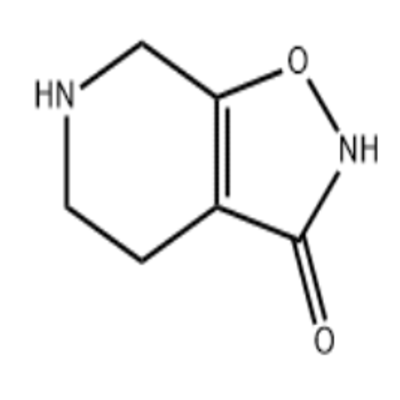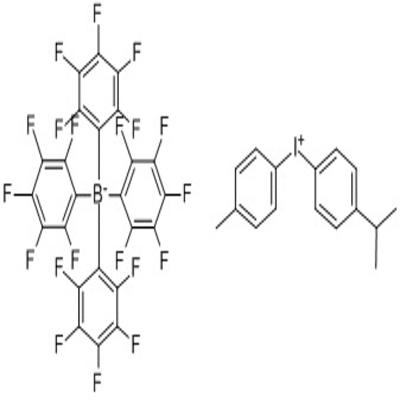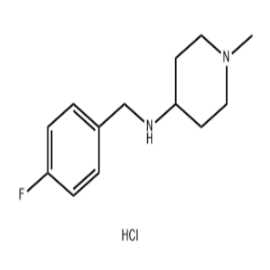-
Categories
-
Pharmaceutical Intermediates
-
Active Pharmaceutical Ingredients
-
Food Additives
- Industrial Coatings
- Agrochemicals
- Dyes and Pigments
- Surfactant
- Flavors and Fragrances
- Chemical Reagents
- Catalyst and Auxiliary
- Natural Products
- Inorganic Chemistry
-
Organic Chemistry
-
Biochemical Engineering
- Analytical Chemistry
-
Cosmetic Ingredient
- Water Treatment Chemical
-
Pharmaceutical Intermediates
Promotion
ECHEMI Mall
Wholesale
Weekly Price
Exhibition
News
-
Trade Service
The chemical compound hexahydropyridazine dihydrochloride is commonly used in various industrial and pharmaceutical applications.
It is an important intermediate in the production of several medications, including antibiotics and anti-inflammatory drugs.
The compound can also be used as a reagent in chemical synthesis and research.
There are several synthetic routes to produce hexahydropyridazine dihydrochloride.
One of the most common methods involves the reaction of 2-aminomethyl-4,5,6,7-tetrahydrobenzothiazole with chloroform in the presence of a base such as sodium hydroxide.
This reaction results in the formation of hexahydropyridazine dihydrochloride, as well as a number of other byproducts.
Another synthetic route to hexahydropyridazine dihydrochloride involves the reaction of 2-aminomethyl-4,5,6,7-tetrahydrobenzothiazole with chloroacetyl chloride in the presence of a solvent such as dichloromethane.
The reaction is typically carried out under conditions such as room temperature and atmospheric pressure, and results in the formation of hexahydropyridazine dihydrochloride, as well as the byproduct dichloromethane.
Another route to synthesize hexahydropyridazine dihydrochloride involves the reaction of 2-amino-5-chloromethylthiazole with 4,5,6,7-tetrahydrobenzothiazole in the presence of a base such as sodium hydroxide.
This reaction typically takes place under conditions such as room temperature and atmospheric pressure, resulting in the formation of hexahydropyridazine dihydrochloride, as well as the byproduct sodium chloride.
In addition to these synthetic routes, hexahydropyridazine dihydrochloride can also be produced using other techniques such as electrophilic substitution reactions and rearrangement reactions.
The specific synthetic route used to produce hexahydropyridazine dihydrochloride will depend on the availability of the necessary starting materials, the desired quantity of the compound, and the desired purity level.
Once synthesized, hexahydropyridazine dihydrochloride is typically purified using a variety of methods such as filtration, crystallization, and chromatography.
The purified compound is then typically characterized using techniques such as spectroscopy and chromatography to confirm its chemical structure and purity.
Overall, hexahydropyridazine dihydrochloride is an important intermediate in the production of various medications and can also be used as a reagent in chemical synthesis and research.
The synthetic routes to produce the compound include the reaction of 2-aminomethyl-4,5,6,7-tetrahydrobenzothiazole with chloroform or chloroacetyl chloride in the presence of a base, and the reaction of 2-amino-5-chloromethylthiazole with 4,5,6,7-tetrahydrobenzothiazole in the presence of a base.
The specific synthetic route used will depend on the desired quantity and purity of the final product.







